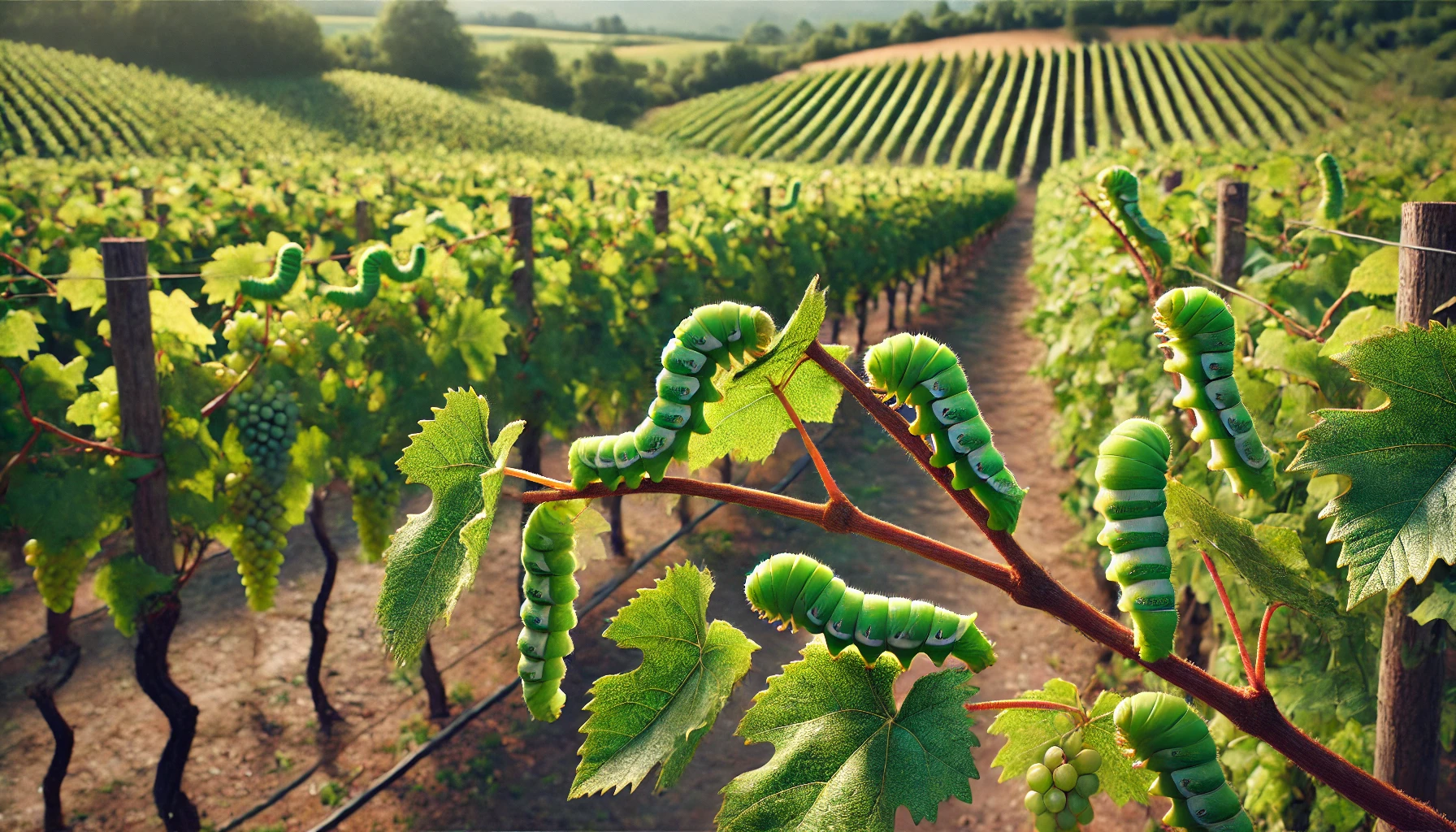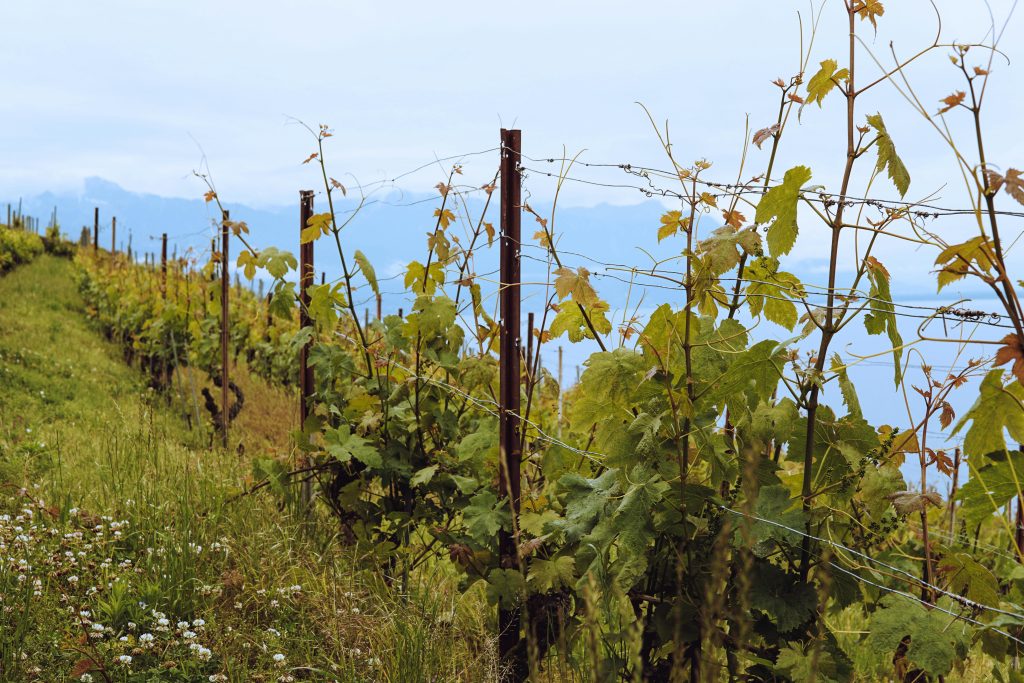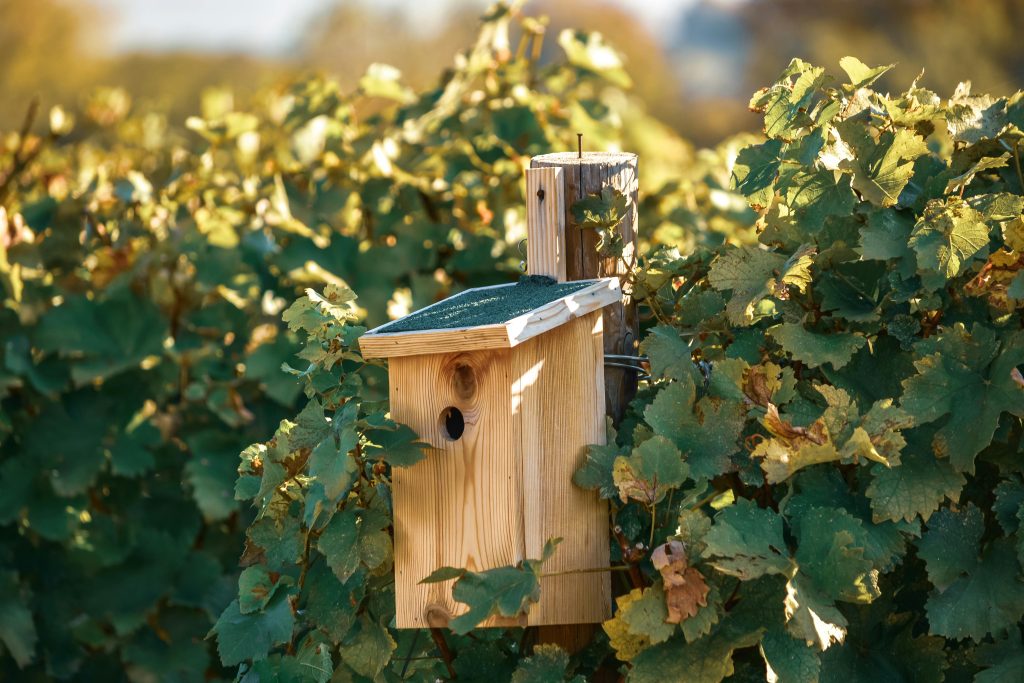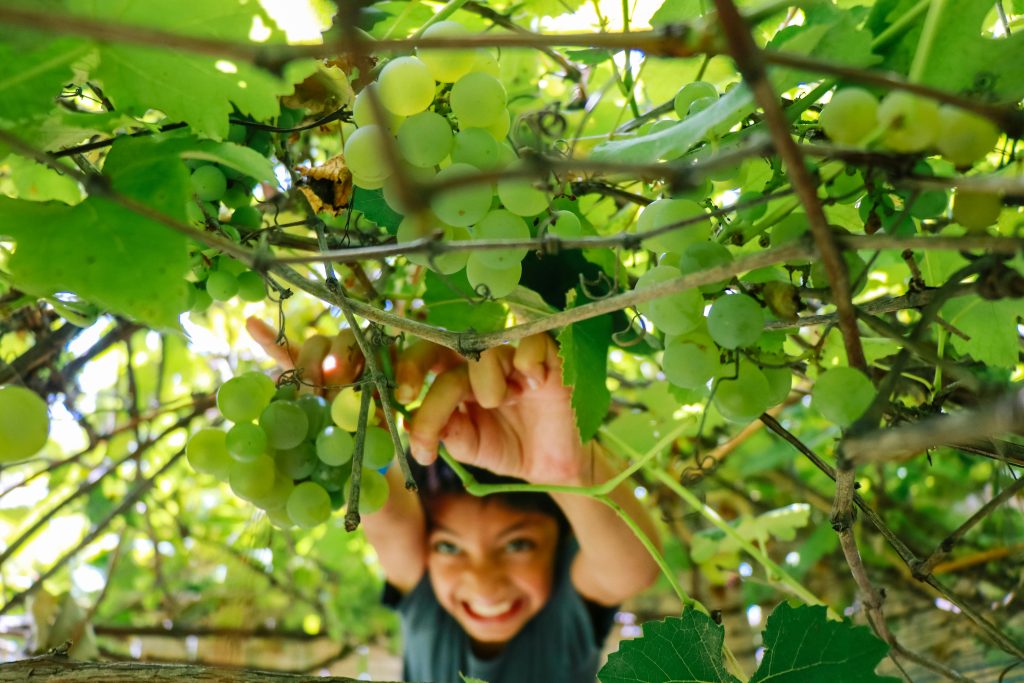
We all love grapes—juicy, sweet, perfect for making wine that brings people together. But guess what? You’re not the only one with a craving for those plump little berries. There’s a group of winged creatures that can’t get enough of them either. Moths! These small pests flutter around at night, looking harmless, but their larvae can wreak havoc on your vineyard. Let’s see the moths that love your grapes as much as you do and explore what you can do to stop them.
The Usual Suspects: Moth Species That Attack Grapes
When it comes to vineyards, some moth species are more notorious than others. Here are the top grape-loving moths you need to watch out for:
1. European Grapevine Moth (Lobesia botrana)
The European grapevine moth might sound exotic, but there’s nothing glamorous about the damage it causes. It’s native to Europe but has spread to many wine regions around the world, including parts of the U.S. and South America. The moth itself is small, with brown and gray wings, but the larvae are the real troublemakers.
These larvae feed on grape clusters, especially during the flowering and ripening stages. They tunnel into the grapes, ruining the fruit and creating the perfect conditions for fungal infections like Botrytis cinerea (the culprit behind grape rot). When a vineyard gets hit by this moth, it can lose both quantity and quality of grapes.
2. Grape Berry Moth (Paralobesia viteana)
This moth might be native to North America, but it doesn’t play nice with grapes either. Like its European cousin, the grape berry moth loves feeding on grape berries. After mating, the female lays her eggs directly on the berries. The larvae burrow into the fruit, where they feast happily until the grapes are nothing more than ruined skins.
Not only do these moths damage individual berries, but their feeding also makes grapes more vulnerable to diseases like downy mildew and botrytis. And once one cluster gets infected, it can spread fast.
3. Light Brown Apple Moth (Epiphyas postvittana)
Despite its misleading name, the light brown apple moth is another grape destroyer. Native to Australia, this moth is now found in places like New Zealand and California. The larvae have a particular taste for vine leaves and berries, munching through whatever they can find.
What’s scary about this moth is how quickly it reproduces. Several generations can appear in a single growing season, turning your vineyard into a moth’s all-you-can-eat buffet if left unchecked.
4. Tortricid Moths (Tortricidae family)
While not as famous as the first three, various moths from the Tortricidae family can also cause problems for vineyards. These pests are sometimes known as “leaf rollers” because their larvae roll up leaves and use them as protective shelters. But don’t be fooled by their hide-and-seek tactics—the real damage happens when they go after the fruit. The larvae burrow into the grapes, and just like that, your precious berries are toast.

What You Can Do About It: Natural Control Methods
Now that you’ve met the moth villains, it’s time to learn how to fight back. While chemical pesticides might seem like an obvious solution, many winemakers—especially those who practice biodynamic viticulture—prefer more eco-friendly, sustainable methods. Here are some of the top techniques that keep moths in check without harming the environment (or your grapes):
1. Biological Control: Using Natural Enemies
In biodynamic and organic farming, winemakers often use nature to fight nature. One popular method is introducing parasitic wasps like Trichogramma species, which are natural enemies of moths. These tiny wasps lay their eggs inside moth eggs, stopping the larvae from ever hatching.
This method is highly effective and completely natural. The best part? Parasitic wasps don’t harm your grapes. They only have eyes for moth eggs. Think of them as your vineyard’s own army of defenders, working silently and efficiently to protect your crop.
2. Mating Disruption: Throwing Off the Moth Romance
Moths find each other by releasing pheromones (those romantic chemical signals) into the air. By placing pheromone dispensers in your vineyard, you can confuse the males, preventing them from finding females to mate with. Without mating, there’s no next generation of moths to worry about.
This technique is widely used in biodynamic vineyards. It’s environmentally friendly and targets the moths specifically, leaving other beneficial insects untouched.
3. Bacillus thuringiensis (Bt): A Natural Insecticide
If you want to keep things organic but still need a little more firepower, Bacillus thuringiensis (Bt) might be your answer. Bt is a naturally occurring soil bacterium that produces proteins toxic to moth larvae. It’s harmless to humans, animals, and beneficial insects but deadly to grape-damaging caterpillars.
When sprayed on vines, Bt gets eaten by the larvae, and within a short time, they stop feeding and die. It’s a great tool for controlling moth populations without resorting to harsh chemicals.

4. Predatory Birds: Winged Vineyard Guardians
Birds aren’t just pretty visitors to your vineyard—they’re natural predators of moths and other insects. Encouraging birds like swallows and bluebirds to nest in or near your vineyard can be a great way to keep pest populations in check. Installing birdhouses and perches around the vineyard can attract these helpful critters.
In biodynamic farming, creating a healthy ecosystem where birds, insects, and plants live in harmony is a central philosophy. Not only do these birds eat moths and caterpillars, but they also help keep other insect pests under control.
5. Cover Crops: Biodiversity is Key
Biodynamic farming places a strong emphasis on biodiversity. By planting cover crops like clover or wildflowers between vineyard rows, you create habitats for beneficial insects and animals that naturally keep moth populations in balance. These cover crops also improve soil health, reduce erosion, and attract pollinators. It’s a win-win for the environment and your vineyard.
6. Vineyard Hygiene: Keeping Things Clean
It might sound simple, but good vineyard hygiene goes a long way in preventing moth infestations. Clearing away fallen leaves, grapes, and plant debris can reduce the places where moths like to hide and lay eggs. Regularly inspecting vines for signs of larvae and removing any damaged berries can help stop a small problem from turning into a full-blown infestation.
In biodynamic vineyards, this attention to detail is a big part of the philosophy. Everything is connected, and by maintaining a clean, healthy vineyard, you’re less likely to face major pest issues.

Biodynamic Winemaking: A Holistic Approach to Pest Control
If you’re not familiar with biodynamic winemaking, it goes beyond organic farming. It’s a holistic approach that sees the vineyard as a complete, self-sustaining ecosystem. The idea is to work with nature, not against it. Biodynamic winemakers use natural cycles, lunar phases, and a deep respect for the environment to grow their grapes.
When it comes to pest control, biodynamic vineyards rely heavily on biodiversity, natural predators, and careful observation. Moth control is just one part of the bigger picture. Healthy soil, strong vines, and a balanced ecosystem mean fewer pests overall.
But biodynamic farmers also believe in the importance of timing. For example, they might time their pest control efforts according to the lunar calendar. While this might sound a little mystical, biodynamic farmers argue that nature works in cycles, and aligning your vineyard management with these rhythms can lead to healthier vines and better wine.
The Future of Pest Control in Vineyards
Moths are persistent, but so are winemakers. The future of pest control in vineyards is likely to see even more innovation. With the rise of precision agriculture, winemakers are using drones, sensors, and other tech to monitor vineyards more closely than ever. This means that pests like moths can be spotted and dealt with early, reducing the need for large-scale interventions.
There’s also growing interest in using pheromones in more sophisticated ways. Scientists are developing new types of pheromone traps and sprays that could be even more effective at disrupting moth populations.
In the end, whether you’re running a biodynamic vineyard or using more conventional methods, the key to success is balance. Healthy vineyards tend to have fewer pest problems. So, by focusing on the overall health of your vines and soil, you can keep moths (and other pests) from getting the upper hand.
Conclusion: Keeping the Moths at Bay
Moths might love your grapes, but you don’t have to let them win. Whether you’re a professional winemaker or just someone who enjoys a good bottle of wine, understanding how these pests operate is the first step to keeping them under control. From parasitic wasps to predatory birds and even lunar cycles, there’s a wide range of options for keeping your vineyard healthy and moth-free.
Remember, the goal isn’t just to kill moths. It’s about creating a vineyard that’s in harmony with nature, where pests don’t stand a chance. And with a little knowledge and effort, you can keep those grapes safe, sip your wine, and relax knowing the moths didn’t get to them first.